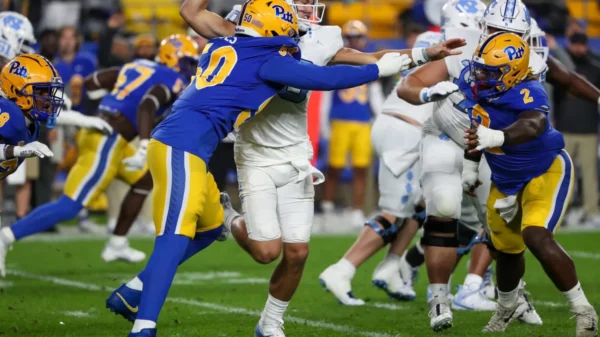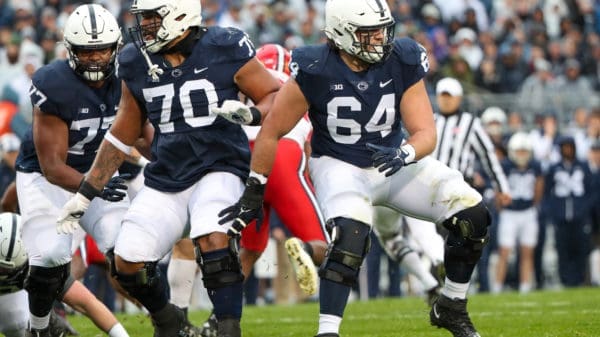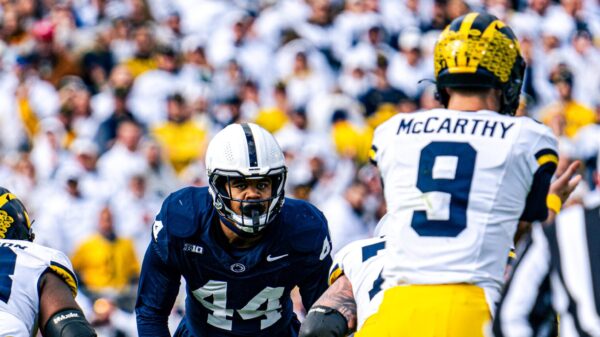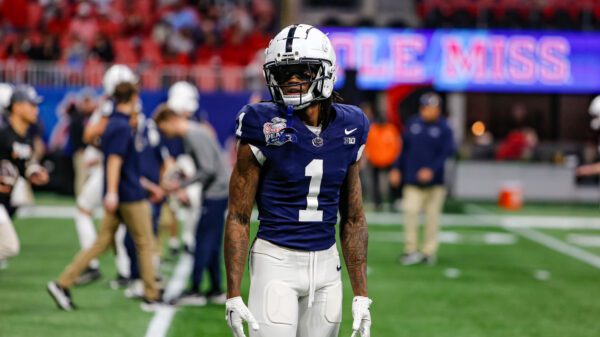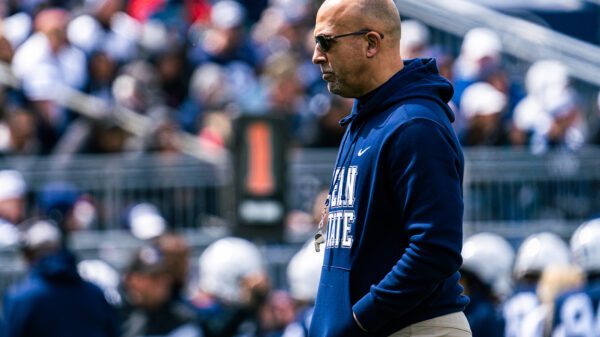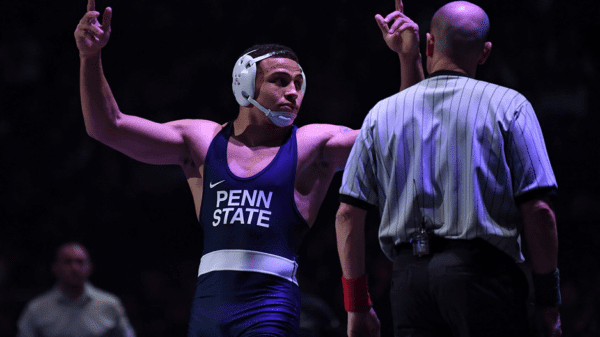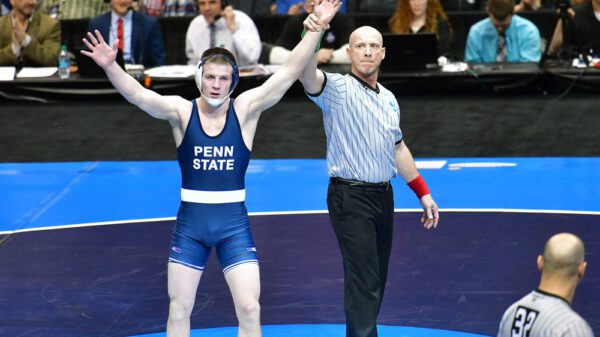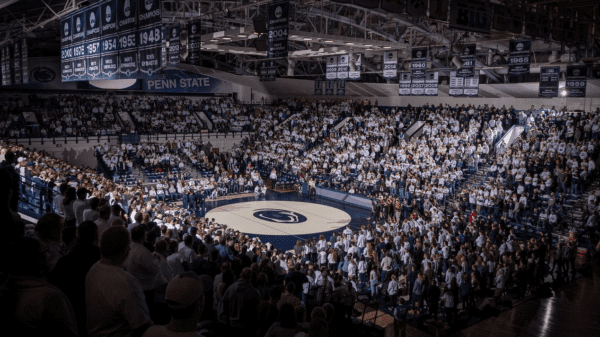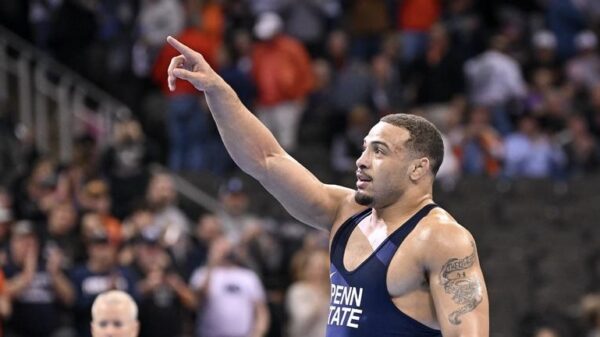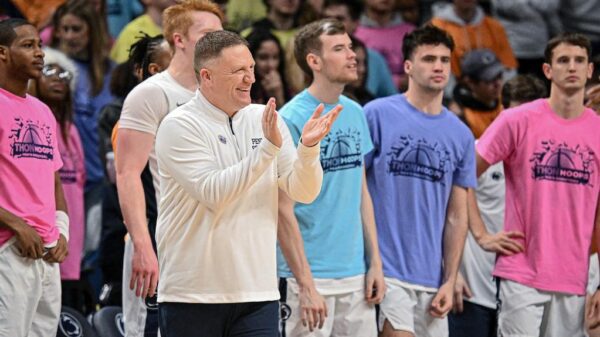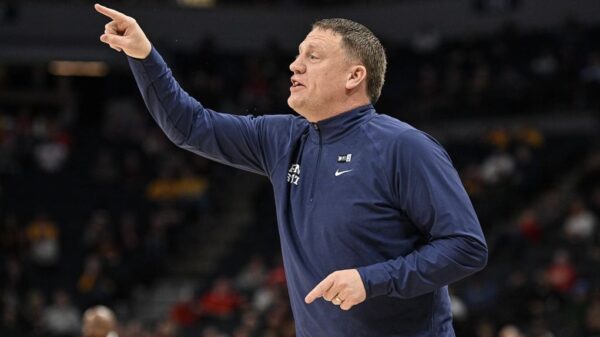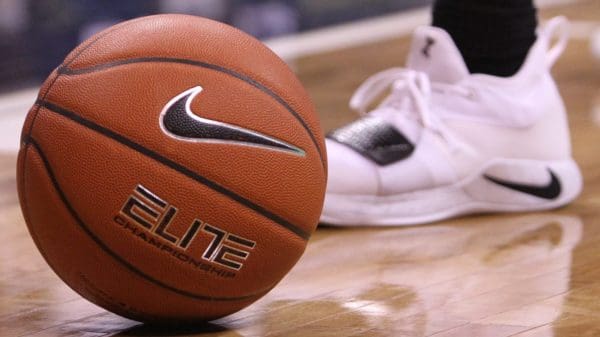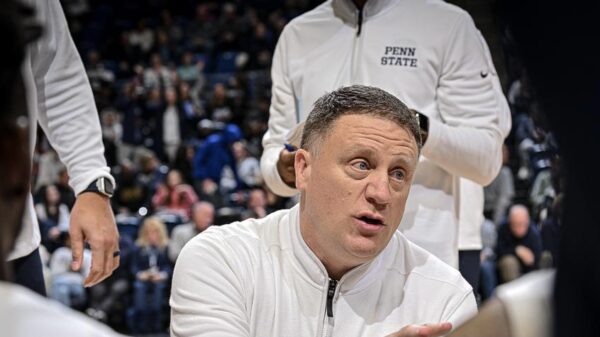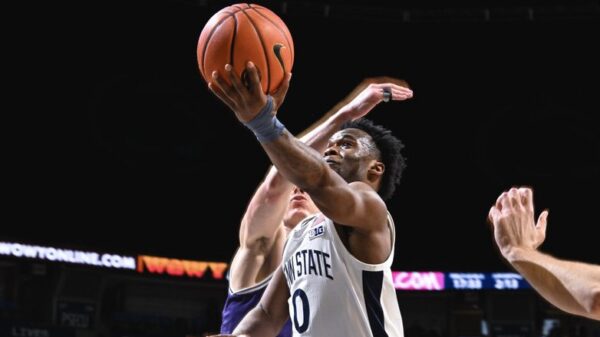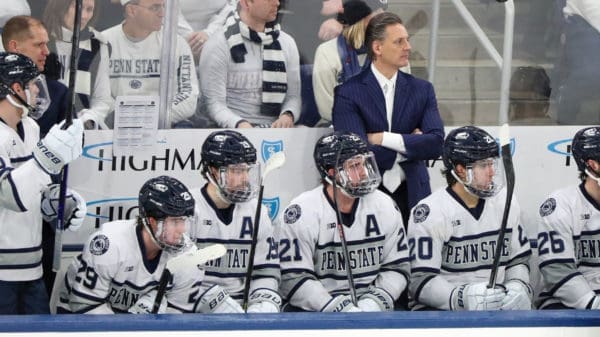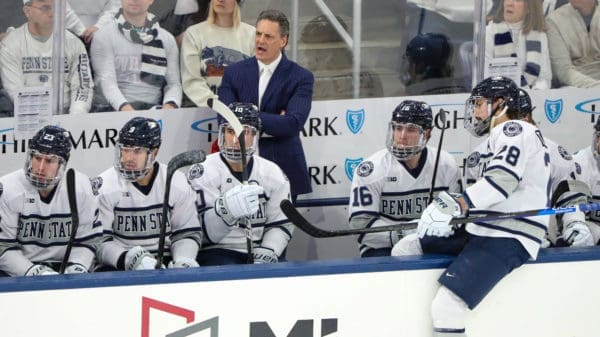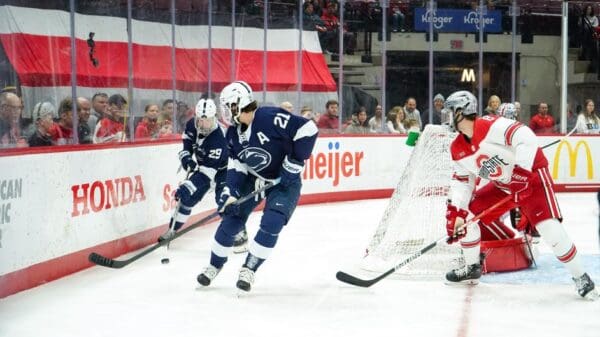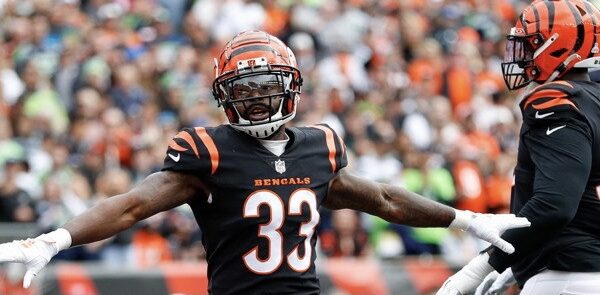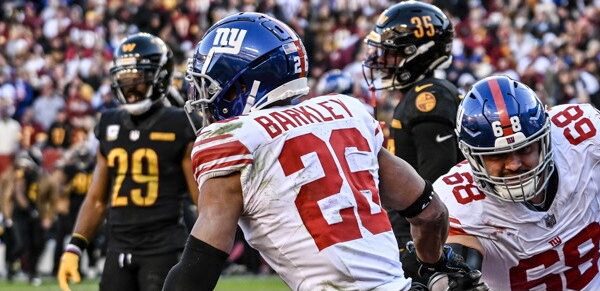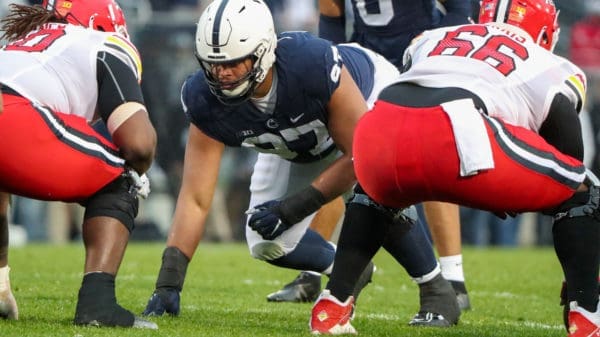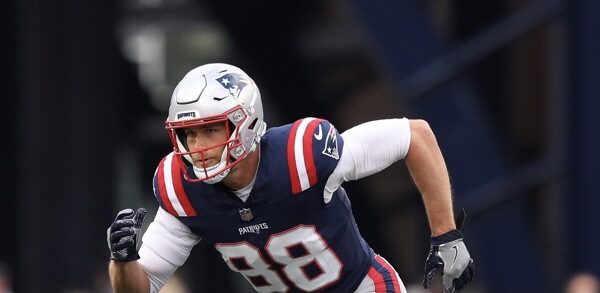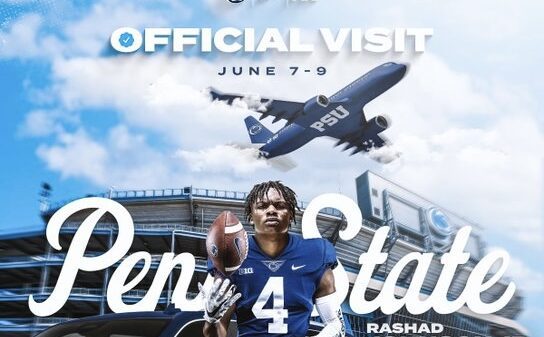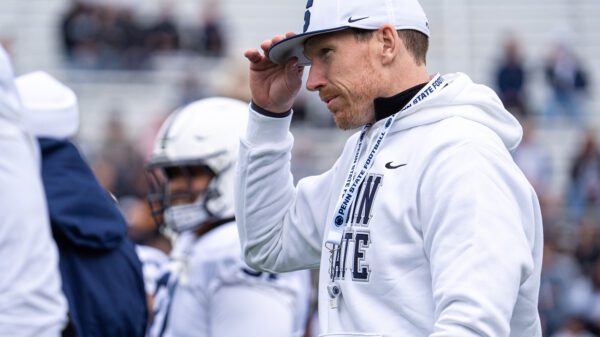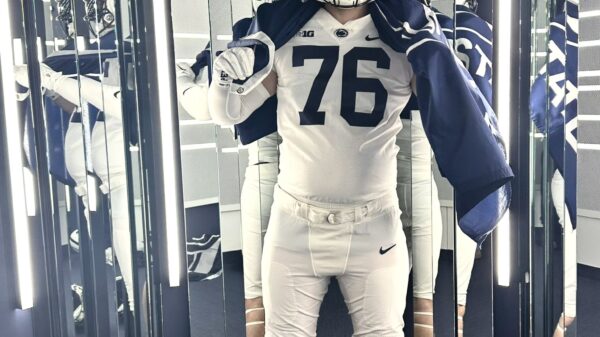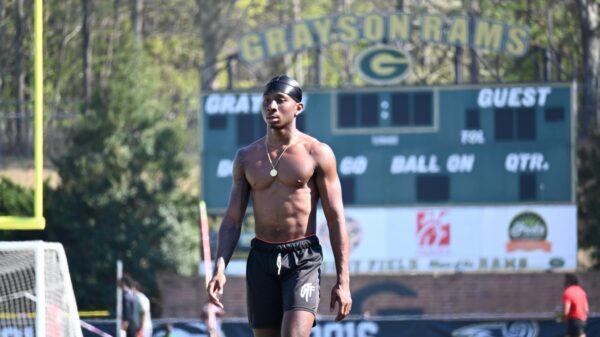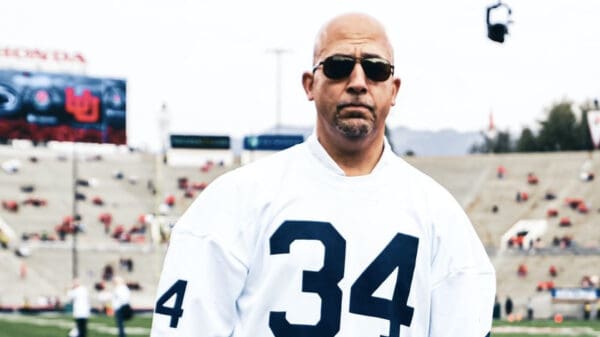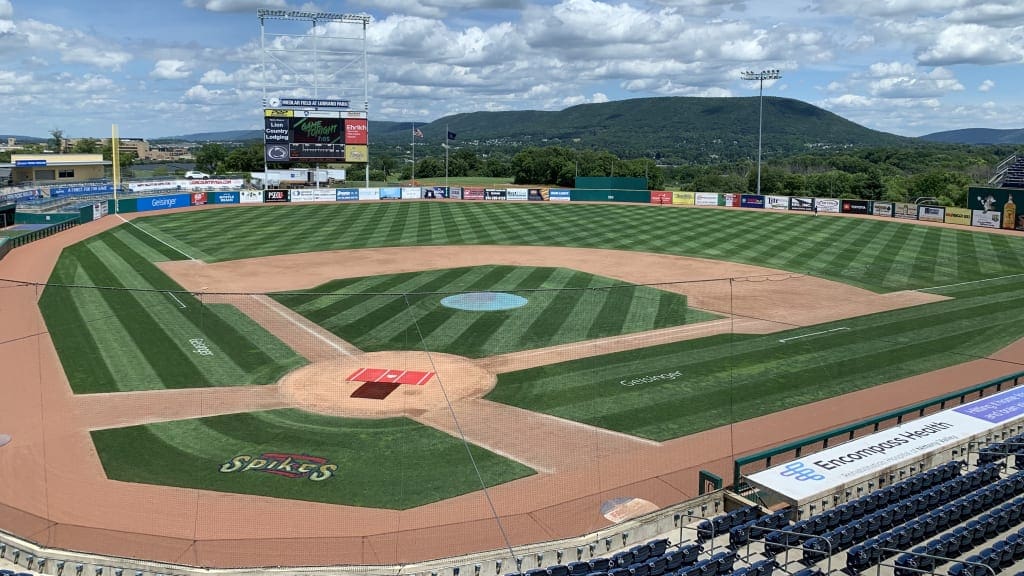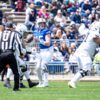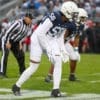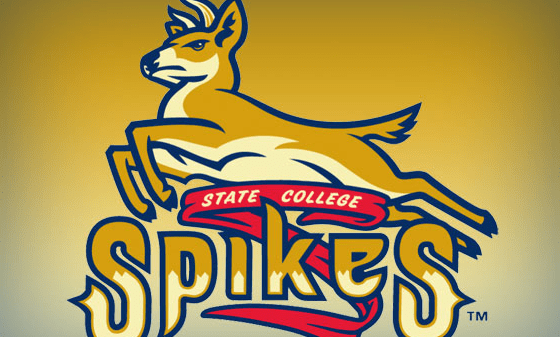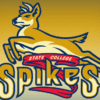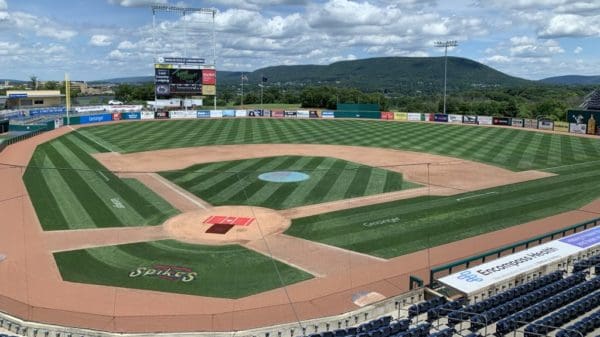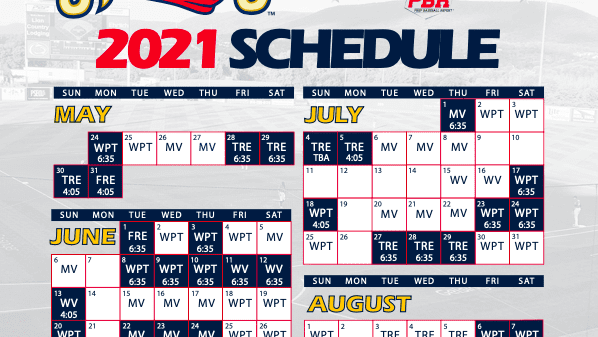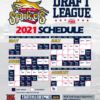
By Jason Dambach
Editor’s Note: Dambach previously served in the roles of President and General Manager of the State College Spikes during his lengthy career as a minor league executive. He is a frequent contributor to Nittany Sports Now.
There are two viewpoints that could be taken away from today’s announcement that the State College Spikes have joined the MLB Draft League, a brand-new, six-team circuit featuring predominately college players eligible for that summer’s July draft.
On one hand, some fans and community supporters might be disappointed that the team will no longer operate under the decades-old Major League Baseball player development system model by which all of the Spikes players are under contract to one parent club.
The Spikes enjoyed partnerships with the St. Louis Cardinals (2006, 2013-20) and Pittsburgh Pirates (2007-12) during the club’s first 15 seasons and that certainly mattered along the way.
The ability to promote the team as partner of the Cardinals or Pirates or place the MLB affiliate’s logo on schedules and marketing materials helped to legitimize the Spikes and professional baseball in a market that we all know is dominated by Penn State University and Penn State Athletics.
While it is notable that more than 60 former Spikes players eventually reached the major leagues, it is also notable that not a single one of them were noteworthy enough to sell a single ticket while they were wearing a Spikes uniform at the Class-A Short-Season level (a level that is now extinct under MLB’s new minor league model).
I am confident in making such a bold claim because I spent six seasons as the team’s chief marketer and General Manager.
And this leads to the other viewpoint that can be extracted from today’s announcement — that it doesn’t matter who the players are on the field. The only thing that really matters is that there is going to be a game at all.
And the fact that there will be at least 34 Spikes home games next summer at Medlar Field — vaccine permitting, of course — should not be taken for granted considering the uncomfortable, long-winding road the Spikes and many other MiLB franchises have traveled over the last 13 months.
It all started back in October 2019 when it was learned through media reports — not in a formal negotiating session — that MLB had enacted a unilateral plan to reconstruct its century-old minor league structure.
The biggest highlight of the plan was a reduction in the number of minor league teams each MLB club could carry, which meant the loss of affiliated, professional baseball — and perhaps the loss of baseball altogether — in more than 40 communities across America.
The Spikes and nearly everyone in Minor League Baseball were blindsided, including as I learned, the entire Minor League Baseball negotiating committee, which until that point was expecting a rather routine extension of the Professional Baseball Agreement (PBA), the contract that defines the relationship between MLB and Minor League Baseball.
The worst part of all is that someone at MLB leaked the list of 42 franchises that didn’t make the initial cut list.
The State College Spikes were one of those 42 franchises, thus opening up a myriad of questions.
Have we seen the last of baseball in Centre County?
If there is some kind of baseball, will it be some drastically-reduced sandlot product?
What will Penn State do without a lease-paying tenant occupying its ballpark?
There did, however, seem to be enough political support to push back against MLB’s plan all the way from the most prominent members of Congress down to local governments.
Then, COVID-19 hit us all like a ton of bricks, followed by the presidential election and priorities changed among our political leaders.
That convergence of circumstances gave MLB the ability, unimpeded, to move forward with the plan it sought from the very beginning — a leaner and more streamlined minor league structure.
A structure that wasn’t going to include the State College Spikes as an affiliate of one of the 30 MLB franchises.
Sure, it would have been great to maintain affiliated, professional baseball the way it used to be, but the connection with MLB remains (it’s actually in the name of the new league) and the team is committed to providing the same enjoyable fan experience as it always has.
Spikes Chairman & Managing Partner Chuck Greenberg acknowledged on the team’s virtual press conference that the business model is roughly “apples to apples” compared to what it has been.
In a nutshell, the team will not be responsible for player salaries, which would have been the biggest pain point if the franchise had elected to join an independent circuit, such as the nearby Atlantic or Frontier Leagues.
The Spikes will be responsible for paying for travel costs, hotel nights, equipment and other baseball operational costs, but those will mostly be in line with its previous budget.
Everything outside the white lines from the programs to the hot dogs to the ballpark staff will be in line with previous seasons.
That means if you like the fireworks, giveaways and other promotions you can expect to continue to see those.
Cheap tickets? Yep, the prices will mostly stay the same.
A clean, safe ballpark experience? Expect nothing less than what you have seen over the last 15 years even when Pirates or Cardinals logos dotted the ballpark.
And for those still stuck on the baseball part of the experience, Greenberg was adamant that “this is affiliated baseball,” referring to the fact that players are being identified by and showcased for MLB scouts and many will be drafted by MLB teams during the season.
In the six communities that make up the Draft League, Major League Baseball comes out of this looking as good as it possibly could because an invitation to this league fulfills its public promise to elected officials and the minor league clubs themselves that it was committed to “maintaining baseball in every community in which it is currently played.”
But let’s not injure our arms patting Rob Manfred and his staff in the Commissioner’s Office on their backs for a job well done. The way MLB has handled this entire matter has showed its true motivation — that it was never willing to negotiate in good faith with minor league teams and seems to be gearing up for a wholesale takeover of the minor leagues.
There are also going to be a number of communities, including a half dozen or so from the Spikes’ former New York-Penn League, that aren’t going to end up as fortunate as State College. It’s possible, perhaps even likely at this point, that they will be out of business altogether.
So yeah, this could have ended badly. Very badly, in fact.
Fortunately, the Spikes are going to be alright.
So whether you’ll be there for the baseball, the hot dogs or the view of Mount Nittany, at least we know that we can be there together once again.

